Report this entry
More from the same community-collection
Gender Equity Specialists in TX circa 1992
Eva Ross with gender equity specialists in Austin TX circa 1992
Alumnae and students, Loretto Academy
Eva Ross with students and alumnae of Loretto Academy Dec 5 2022
Loretto Academy senior, El Paso, TX Centennial class 2023
Member of the 100th class to graduate from Catholic girls school ...
Children of George Antoine, taken in Clarksville, TX
Children of George Antoine, taken in Clarksville, TX
Madeline Hanna and Anne Holder at the Lancer's Club, c. 2002
Madeline Hanna and Anne Holder at the Lancer's Club, c. 2002
Sunset Hts Neighborhood Assn interviews candidates for city rep, late Oct. 2022
Sunset Hts Neighborhood Assn interviews candidates for city rep, ...
Away from Home: American Indian Boarding School Stories Virtual Exhibition
Beginning in the 1870s, the US government attempted to educate ...
Away from Home: American Indian Boarding School Stories Virtual Exhibition
Beginning in the 1870s, the US government attempted to educate ...
Away from Home: American Indian Boarding School Stories Virtual Exhibition
Beginning in the 1870s, the US government attempted to educate ...
Away from Home: American Indian Boarding School Stories Virtual Exhibition
Beginning in the 1870s, the US government attempted to educate ...
Away from Home: American Indian Boarding School Stories Virtual Exhibition
Beginning in the 1870s, the US government attempted to educate ...
Away from Home: American Indian Boarding School Stories Virtual Exhibition
Beginning in the 1870s, the US government attempted to educate ...
Away from Home: American Indian Boarding School Stories Virtual Exhibition
Beginning in the 1870s, the US government attempted to educate ...
Away from Home: American Indian Boarding School Stories Virtual Exhibition
Beginning in the 1870s, the US government attempted to educate ...
Away from Home: American Indian Boarding School Stories Virtual Exhibition
Beginning in the 1870s, the US government attempted to educate ...
Away from Home: American Indian Boarding School Stories Virtual Exhibition
Beginning in the 1870s, the US government attempted to educate ...

















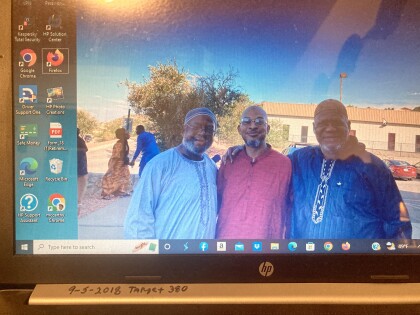


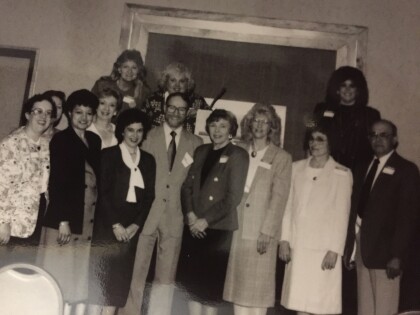




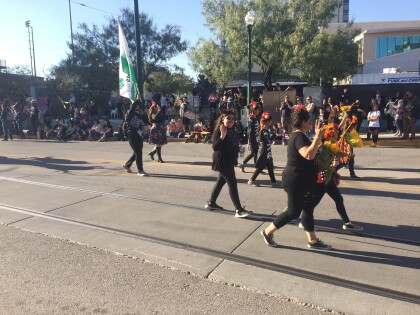
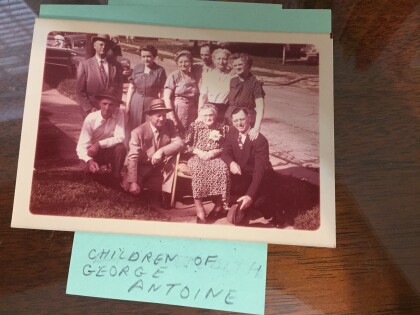
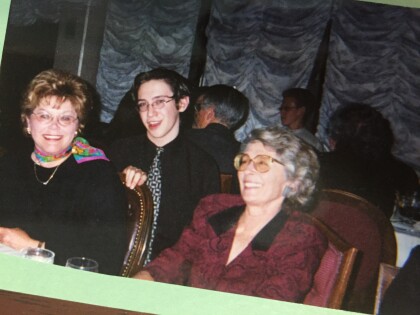
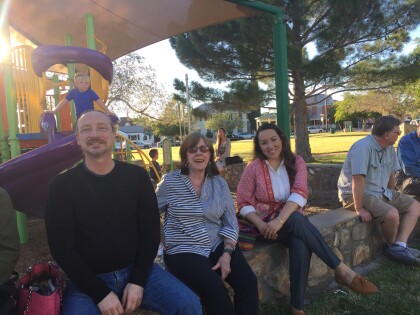
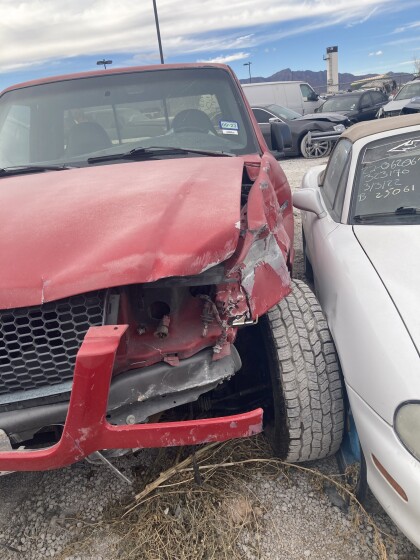
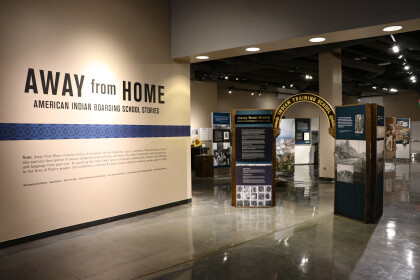
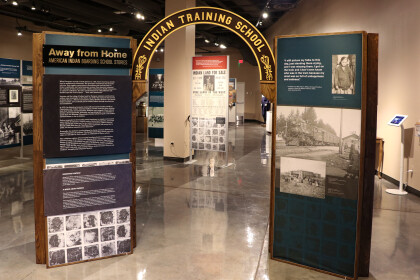
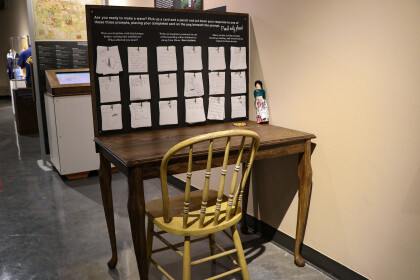
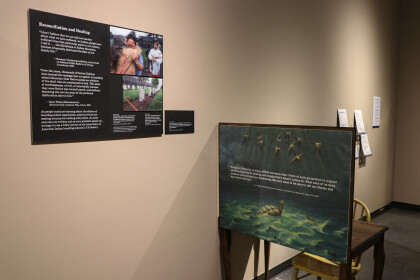
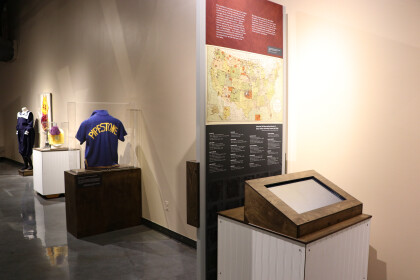
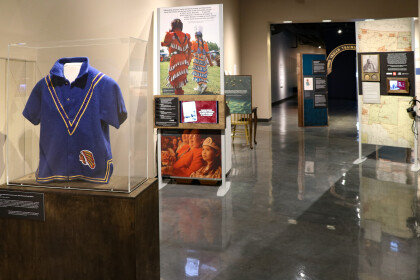
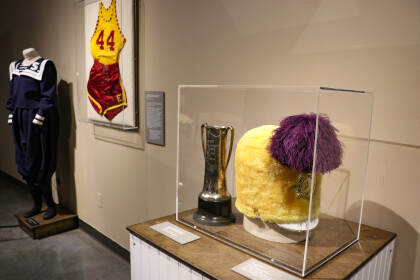
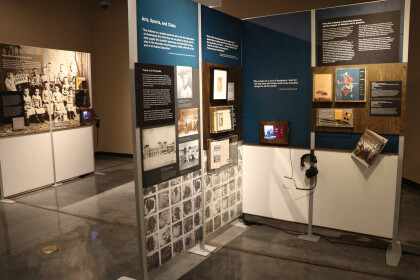
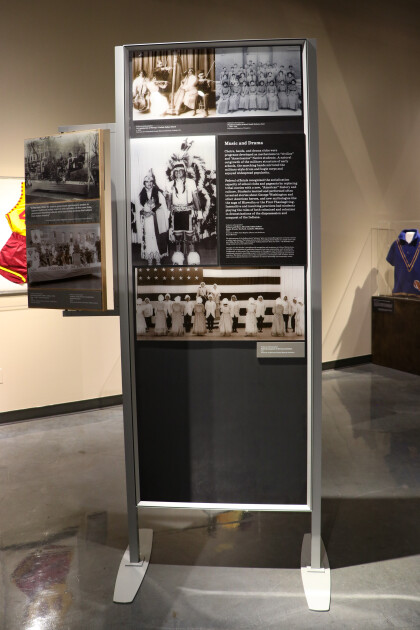
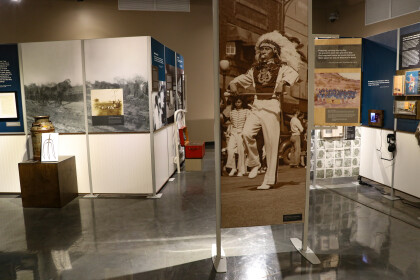
Comments
Add a comment